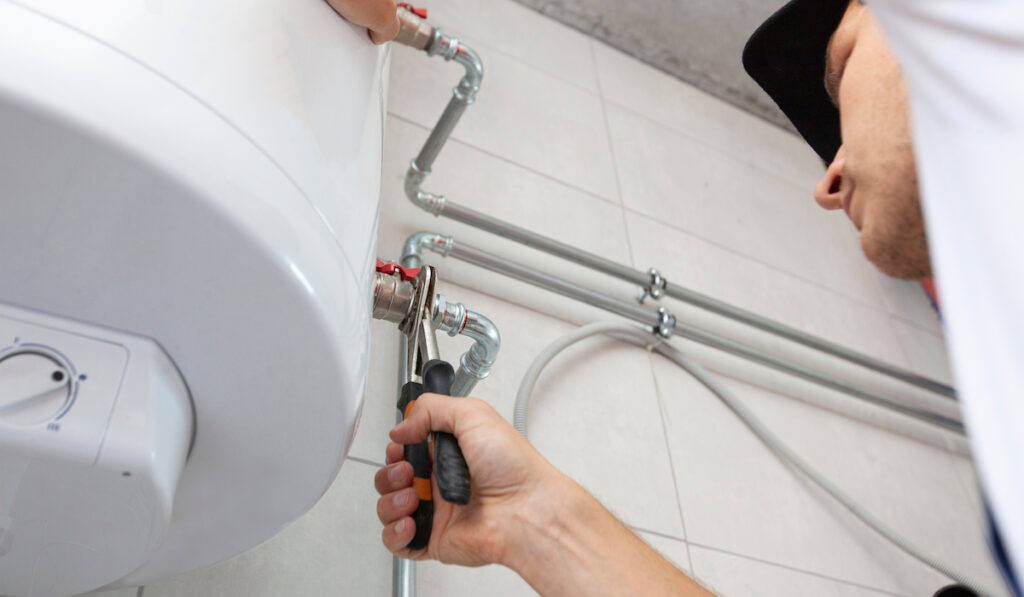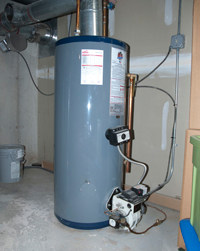Best Practices for Maintaining Your Home's Hot Water System
Best Practices for Maintaining Your Home's Hot Water System
Blog Article
What're your opinions about How to Maintain a Hot Water Heater in a Few Simple Steps?

Warm water is vital for daily comfort, whether it's for a revitalizing shower or washing recipes. To ensure your hot water system runs successfully and lasts much longer, normal maintenance is crucial. This article supplies sensible suggestions and understandings on just how to keep your home's hot water system to prevent disturbances and expensive repair services.
Intro
Keeping your home's hot water system might seem overwhelming, but with a couple of straightforward actions, you can ensure it runs smoothly for years ahead. This guide covers whatever from understanding your hot water system to do it yourself upkeep tips and understanding when to call professional help.
Relevance of Keeping Your Hot Water System
Regular maintenance not only prolongs the life-span of your warm water system but likewise guarantees it runs successfully. Disregarding upkeep can lead to decreased effectiveness, greater power costs, and even premature failing of the system.
Signs Your Hot Water System Demands Maintenance
Knowing when your hot water system needs focus can prevent major issues. Look out for signs such as inconsistent water temperature, unusual noises from the heater, or rusty water.
Purging the Hot Water Heater
Purging your hot water heater gets rid of debris build-up, enhancing performance and prolonging its life.
Monitoring and Changing Anode Rods
Anode poles stop rust inside the storage tank. Examining and changing them when worn is critical.
Facility Problems Needing Professional Help
Instances include significant leakages, electric issues, or if your water heater is regularly underperforming.
Routine Expert Upkeep Conveniences
Professional maintenance can consist of complete assessments, tune-ups, and guaranteeing compliance with security requirements.
Inspecting and Readjusting Temperature Level Settings
Readjusting the temperature level settings ensures optimum efficiency and safety.
Do It Yourself Tips for Maintenance
You can carry out several upkeep jobs yourself to maintain your warm water system in top problem.
Checking for Leakages
On a regular basis evaluate pipes and links for leaks, as these can lead to water damages and higher expenses.
Understanding Your Warm Water System
Before diving right into maintenance tasks, it's helpful to understand the standard components of your hot water system. Generally, this consists of the water heater itself, pipelines, anode rods, and temperature level controls.
Monthly Maintenance Tasks
Normal monthly checks can assist catch small concerns before they rise.
Examining Pressure Alleviation Valves
Testing the pressure safety valve ensures it works appropriately and protects against extreme stress buildup.
Protecting Pipelines
Insulating hot water pipelines decreases warmth loss and can conserve energy.
When to Call a Professional
While DIY maintenance is useful, some concerns need specialist experience.
Conclusion
Routine upkeep of your home's hot water system is vital for effectiveness, long life, and cost savings. By complying with these pointers and knowing when to seek expert help, you can make sure a reliable supply of hot water without unforeseen disturbances.
How to Maintain an Instant Hot Water Heater
Before tinkering with your hot water heater, make sure that it’s not powered on. You also have to turn off the main circuit breaker and shut off the main gas line to prevent accidents. Also turn off the water valves connected to your unit to prevent water from flowing into and out of the appliance. 2. When you’re done, you have to detach the purge valves’ caps. These look like the letter “T†and are situated on either side of the water valves. Doing so will release any pressure that has accumulated inside the valves while at the same time avoid hot water from shooting out and burning your skin. 3. When the purge valves’ caps are removed, you have to connect your hosing lines to the valves. Your unit should have come with three hoses but if it didn’t, you can purchase these things from any hardware or home repair shops. You can also get them from retail stores that sell water heating systems. Read the user’s manual and follow it to complete this task properly. When the hosing lines are connected, open the purge port’s valves. 4. You should never use harsh chemical cleaners or solutions when cleaning your unit. Make use of white vinegar instead. It should be undiluted and you’ll probably use about 2 gallons. 5. Now flush your water heater. This task should probably take about 40 minutes. We can’t give you specific directions for this because the procedure is carried out depending on the type, model and brand of your heater. With that being said, refer to the user’s manual. 6. When you’re done draining the unit, you have to turn off the purge port valves again. Remove the hosing lines that you earlier installed on each of the water valves. Put the valve caps (purge port) back in their respective places and be very careful so as not to damage the rubber discs that are found inside these caps. 7. Now that everything’s back in place, check your user’s manual again to find out how to reactivate your water heating system. 8. Once it is working, turn one of your hot water faucets on just to let air pass through the heater’s water supply pipes. Leave the tap on until water flows smoothly out of it. https://www.orrplumbing.com/blog/2014/september/how-to-maintain-an-instant-hot-water-heater/

Hopefully you enjoyed our part about How to Maintain a Hot Water Heater in a Few Simple Steps. Thanks for taking the time to browse our article post. Sharing is caring. You won't know, you could be helping someone out. Thanks a lot for going through it.
Call Today Report this page